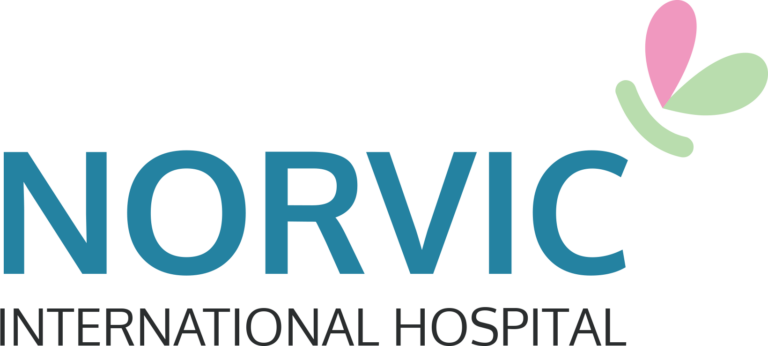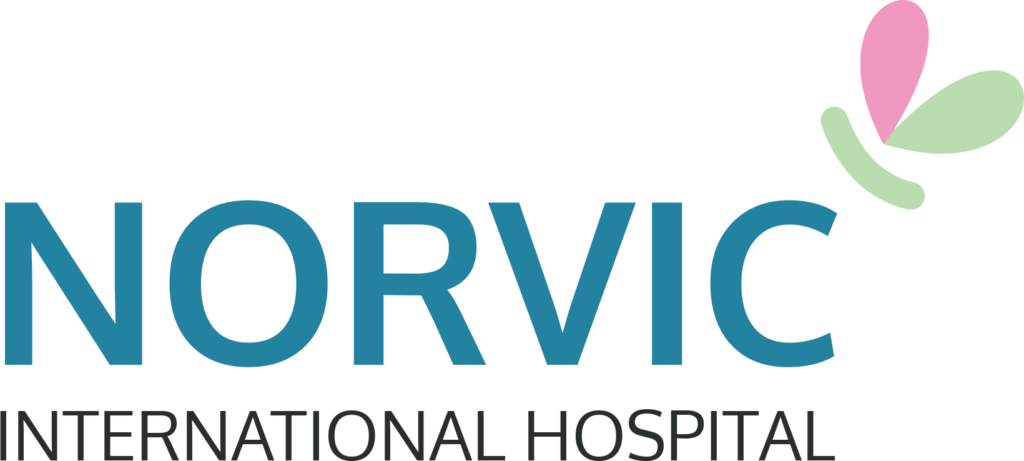BREAST CANCER AND THE INCREASING HAZARD

BREAST CANCER AND THE INCREASING HAZARD
Breast cancer is the most common cancer diagnosed worldwide with 1 in 4 cancers diagnosed among women globally. Although it affects women at large, men are not without an exception. 1 out of every 100 diagnosed cases of breast cancer is found in males as well. Mostly prevalent in the age group between 40- 50 years in Nepal and the incidence increases with the increase in age. Amongst multiple sources attached to its origin, in Nepal the vulnerability lies not with the cause but with the unwillingness in disclosing its kind.
What is breast cancer?
The uncontrolled growth of the abnormal cells in the breast dictates the likelihood of breast cancer. These cells may take a shape of a lump in the breast or armpit. The regular symptoms include change in color, texture of the overlying skin, size, and shape of the breast, discharge or bleeding from the nipple, nipple retraction. As it is painless, it often goes unnoticed or neglected.
Risk factors:
- Obesity
- Lack of exercise and physical activity
- Unhealthy food
- Smoking and alcohol consumption
- Early start of menstruation
- Late menopause
- Late first pregnancy
- Shorter/no breast feeding
- Prolong use of hormonal treatment
- Family history
Sypmtoms:
- Change in shape and size of breast
- Lump in breast
- Depressed skin
- Redness
- Itching and scales around the nipple
- Nipple discharge
- Inverted nipple
Strategy of early detection and treatment options:
Breast awareness is extremely important for women of all ages. Early detection of breast cancer provides best chances of survival with better treatment options. Simple breast self-examination is an important method which can be brought to our routine practice while showering or dressing in front of the mirror. One doesn’t need to be an expert to examine her breast. All that is needed is to take out some time to know the normal look and feel of your breast so that you can quickly detect any new changes in the breast or nipple. However, it is important to note that not all changes occur due to cancer, but it is important to confirm the unusual finding to ensure oneself. Moreover, yearly screening mammography for women between 40-55 years of age and every 2 years for those above 55yrs will help early detection, timely treatment and prevent deaths from breast cancer.
Treatment options of surgery, chemotherapy, radiotherapy and hormonal therapy depends on the stage of the disease. The whole process of diagnosis and treatment may have social, psychological and physical implication. The newer breast conserving surgery and breast reconstruction techniques can provide both cosmetic and psychological benefit to the patient. Whereas proper empathic support from the treating doctor, family and support groups go simultaneously.
Dr. Banira Karki
Consultant Breast Oncosurgeon
Norvic International Hospital
If you experience symptoms of breast cancer, Visit Norvic for best treatment of breast cancer in Nepal. To book an appointment with top doctors for breast cancer treatment, Please call on 01-5970032.
You can also book appointment online or through whatsapp/viber No. 00977-9880888000



